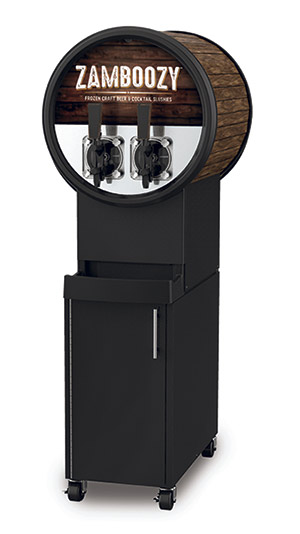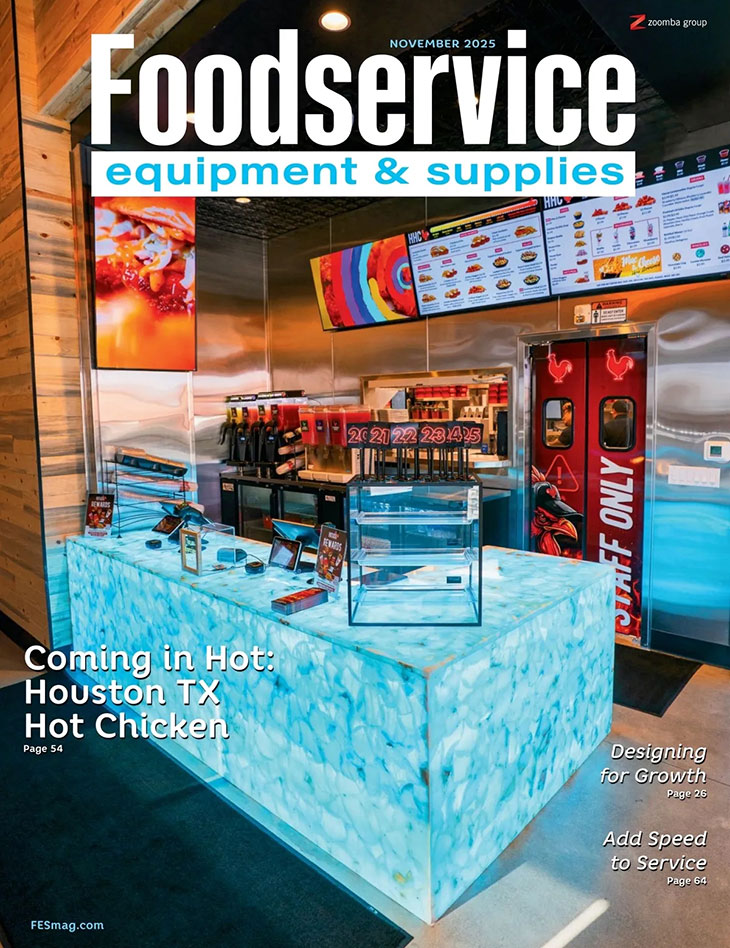To help determine what size cabinet suits the application and the necessary number of shelves, operators should take into account how much food will be held at one time.
Refrigeration, Storage and Handling Guides
Anything from a simple 24-inch wall shelf to a 25-foot chef counter that contains several components, such as hot food tables, sinks, steam tables, dish tables, refrigerators and utility storage, can be custom fabricated.
Hot holding cabinets are temperature maintenance units in the same vein as refrigeration equipment. And though they are heated, foodservice operators do not use this equipment for cooking.
Maintaining blast chillers is important from a safety standpoint since temperature consistency is key for HACCP reporting.
Anything from a simple 24-inch wall shelf to a 25-foot chef counter that contains several components, such as hot food tables, sinks, steam tables, dish tables, refrigerators and utility storage, can be custom fabricated.
The menu will help determine if a foodservice operation requires a blast chiller and, if so, the appropriate size. More delicate food like bakery items may be better suited for a softer, more gradual chill process, while meat and other heartier products can withstand a hard chill that brings food temperatures down to an almost frozen state more quickly.



















